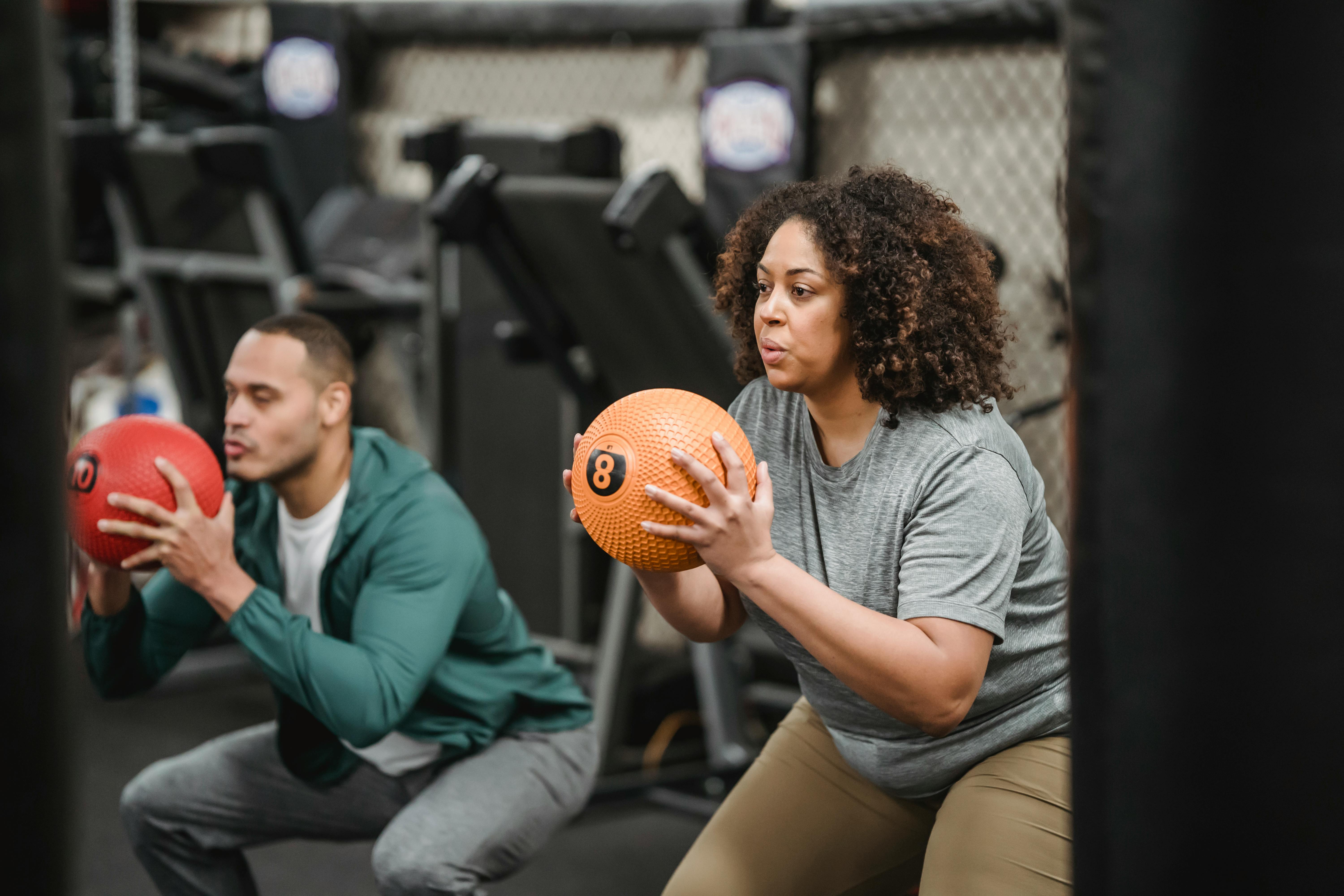Nystatin is an antifungal drug, commonly prescribed to treat yeast and yeast infections. It is considered a relatively safe drug to cure oral or gastrointestinal problems related to candida species.
Nystatin has been a proven cure for cutaneous, vaginal, mucosal, and esophageal candidiasis. It is even prescribed in the treatment of neonatal thrush over one month of age. However, for smaller babies, miconazole is the appropriate alternative medicine.
So how does nystatin cure a yeast infection?
Nystatin binds to ergosterol, which is a major component of the cell membrane of the fungus, Candida albicans or any other fungus. When nystatin is present in adequate amounts in the cell membrane of the fungus, it can form pores in the membrane, causing potassium ions to leak out of the cell, leading to the death of the fungus.
How come the drug doesn’t affect humans?
The reason is that ergosterol is quite unique to fungal cell membranes. Therefore, it does not have any catastrophic effect on animals or humans. Also, since nystatin is not absorbed in the intestine, it is safe to drink orally and has no problems with drug interactions, especially if you are taking other medications.
However, Nystatin does cause some side effects, but not everyone is susceptible to this. Some of the side effects are itching, irritation, and burning in the vagina when it is used to treat that part of the body. For tablets and liquid nystatin, these are the common side effects: diarrhea, upset stomach, stomach pain, and rash. If you think the side effect is too much to bear, better see a doctor.
What are the forms of Nystatin plus, when and how to use it?
Tablet or lozenge (lozenges): The nystatin tablet is usually swallowed with water, while the lozenges dissolve in the mouth rather than swallowed or chewed. It is much more effective that way in treating thrush. Then, continue to use nystatin lozenges even if your oral thrush symptoms have subsided. Use the nystatin pills for two more days.
Liquid form: The liquid bottle of nystatin should be shaken well before each use so that the medication is evenly distributed. For mouth infections, use it three to five times a day. So place half the dose of the liquid on each side of the mouth and swish and gargle for a minute and swallow. Afterward, do not drink water immediately. Wait at least five minutes before doing so. For intestinal infections, consume the medicine three times a day and swallow it directly without gargling or swishing.
Vaginal tablets and creams: Nystatin vaginal tablets and creams are commonly applied once or twice a day to the vaginal area. The tablets are almost always used within two weeks for women who are not pregnant. While pregnant women can also use Nystatin for three to six weeks before giving birth.
Here are some instructions to follow when inserting tablets or creams into the vagina. First, please read the instructions before launching the application. Along with the cream or tablet there is a special applicator, fill the applicator to the indicated level. Then lie on your back in bed with your knees bent, apart, and feet flat on the bed. Relax, then gently insert the applicator into your vagina (as high as it will go) and depress the plunger to release the medication. Then, remove the applicator and rinse it with soap and warm water while washing your hands to avoid spreading the yeast infection.
More tips: You can use sanitary napkins to protect your underwear and clothes from stains. However, a tampon is not recommended because it will only absorb the drug. Do not shower unless prescribed by a doctor, and continue to use Nystatin even if you have your period in the middle of treatment.
If you miss a dose, apply the medication as soon as you remember or if the next dose is close, skip the missed one and never try to double the dose just to make up for the missed one.
What are the brands of Nystatin available in pharmacies?
To name a few: Nystan (oral tablets, topical ointments), Infestat, Nystalocal, Nystamont, Nystop (topical powder), Nystex, Mykinac, Nysert (vaginal suppositories), Nystaform (topical cream and ointment), Nilstat (vaginal tablet, drops) , Korostatin (vaginal tablets), Mycostatin (vaginal tablets and topical powder), Nidoflor, Lystin and many more…


